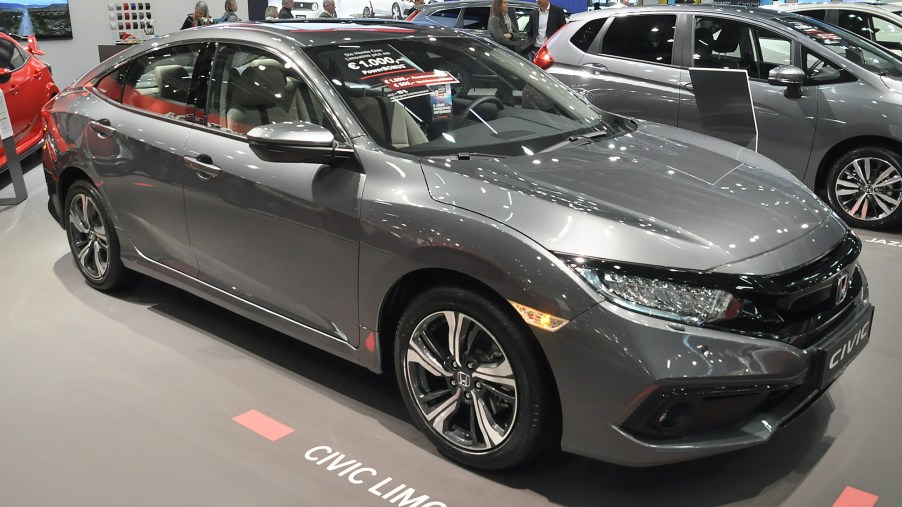
New Data Proves the Gap Between Luxury and Non-Luxury Cars Is Thinning
When purchasing a new car, its rate of depreciation is often high on the mind of the buyer. It’s easy to assume that used luxury cars would maintain their value better than non-luxury cars. However, new data from Edmunds indicate that used non-luxury cars are actually beginning to sell faster — and maintain their value better — than used upscale models. So what exactly is behind this surprising shift in sales trends?
A rise in non-luxury used car sales
According to Edmunds, 2019 was a banner year for used car sales, with non-luxury cars, in particular, experiencing a startling spike in popularity. The research shows that non-luxury cars typically sold in just 37.6 days — faster than all the other available vehicle types. By comparison, luxury cars generally sold in 40.6 days.
If you’ve been assuming that an upscale car would have slower rates of depreciation, this data may be particularly surprising. However, there are actually quite a few reasons that non-extravagant cars are beginning to do better in the used vehicle market. The first — and perhaps most significant — factor is the residual value of non-luxury cars, which is exhibiting an unusual rise.
The value of luxury cars is dropping
In 2012, the three-year-old residual value of luxury cars was at 59 percent. This has steadily declined throughout the past few years — in 2019, the three-year-old residual value of luxury cars dipped all the way to 53 percent. Compare this to the three-year-old residual value of non-luxury cars, which was at 64 percent in 2012, dipped significantly, and then spiked to 61 percent in 2019.
The spike in the value of used non-luxury cars is a major contributing factor to the surprising new sales trends. In fact, the data from Edmunds show that non-luxury cars are the only vehicle to have such a sudden and drastic rise in residual value. All other vehicles either trended down or, in the case of trucks, held steady.
It’s generally reasonable to expect a stable level of depreciation. Currently, used passenger cars are simply bucking the trend. This is a stark contrast to used luxury cars, which have the lowest residual values of all available vehicles. Regular passenger cars therefore have an edge, as they offer better long term value in addition to a more affordable price tag.
Other factors contributing to the shift in sales trends
Related: The Cars With the Highest Depreciation on the U.S. Market
Residual value isn’t the only thing giving non-luxury cars a boost. Another major factor is a sudden scarcity in the market, which has been caused by a decrease in new passenger car sales. This means that the average age of passenger cars is rising, while that of other vehicles is dropping.
The scarcity of non-luxury passenger cars has caused an increase in demand, leading to a rise in prices and therefore a rise in value. This, in turn, speeds up the rate at which they can be sold, thus creating even more scarcity.
In fact, in a comparison of several popular models from a range of automakers, Edmunds found that their three-year-old car prices are all trending upward after a dip in 2017. This indicates that “current car owners will find themselves in a position of positive equity sooner than expected” as residual values rise. (If you’re wondering, the Honda Civic had the biggest spike in three-year-old car price, rising nearly $2,000 between 2014 and 2019.)
Ultimately, the rapidly dropping residual value of luxury cars combined with the sudden spike in the residual value of regular economy cars has very much thinned the gap between these two options. While luxury cars can certainly offer exciting features, non-luxury cars are the underdog to watch.


